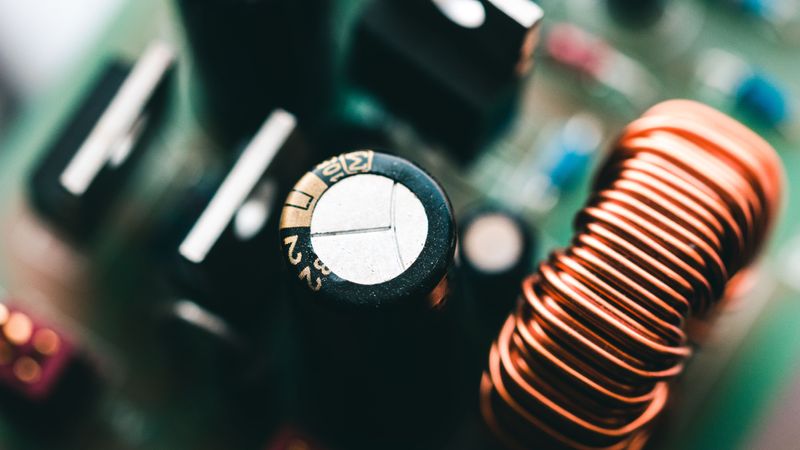An audio low-pass filter is an electronic device used to reduce the amount of higher frequency components in an audio signal. This type of filter is commonly used in audio equipment such as speakers, amplifiers, and mixers to create a smooth and natural sound. In this article, we’ll discuss what an audio low-pass filter is and how it works.
Audio low-pass filters are designed to reduce the amplitude of frequencies above a given cutoff frequency. This cutoff frequency is set by the user, and is usually somewhere between 20 Hz and 20 kHz. The idea is to allow the lower frequencies that are more important for sound reproduction to pass through the filter while attenuating the higher frequencies that are often perceived as noise or distortion.
There are several types of audio low-pass filters available, each with their own advantages and disadvantages. The two most common types are the passive and active low-pass filters. The passive low-pass filter uses no external power, and consists of only passive components such as resistors, capacitors, and inductors. These filters are easy to construct, and are usually quite economical. However, they offer limited control over the cutoff frequency, and their performance may be affected by temperature and aging.
The active low-pass filter, on the other hand, uses an external power supply and active components such as transistors or operational amplifiers. These filters are more expensive, but they offer better control over the cutoff frequency, and their performance is not affected by temperature or aging.
An audio low-pass filter works by attenuating the higher frequencies above the cutoff frequency while allowing the lower frequencies to pass through unscathed. The design of the filter determines how quickly the higher frequencies are attenuated. This is known as the filter’s “slope”, and it is typically measured in decibels per octave. A steep slope will attenuate the higher frequencies more quickly, while a shallow slope will attenuate them more slowly.
In addition to the slope, the filter’s “Q” or “Quality Factor” also determines how the filter responds to frequencies around the cutoff frequency. A high Q filter will have a sharper cutoff, which will attenuate frequencies more quickly around the cutoff frequency. A low Q filter, on the other hand, will have a more gradual cutoff, which will allow frequencies around the cutoff frequency to pass through with less attenuation.
In summary, an audio low-pass filter is an electronic device used to reduce the amount of higher frequency components in an audio signal. These filters are available in both passive and active varieties, and they work by attenuating the higher frequencies above a given cutoff frequency while allowing the lower frequencies to pass through unscathed. The design of the filter determines how quickly the higher frequencies are attenuated, as well as how the filter responds to frequencies around the cutoff frequency.

